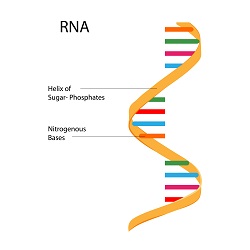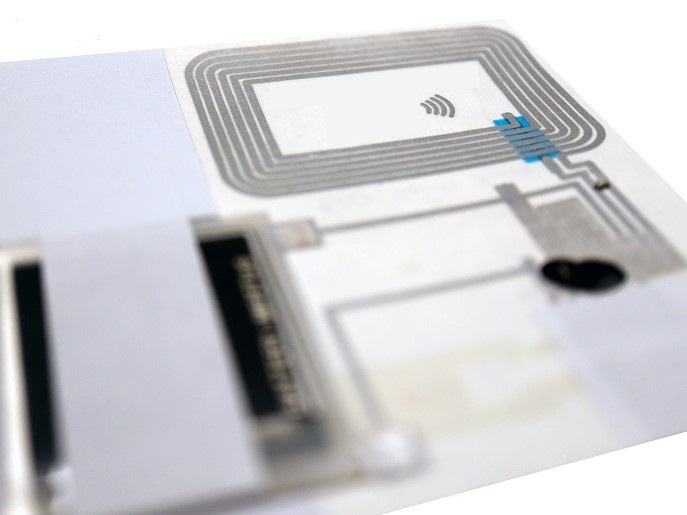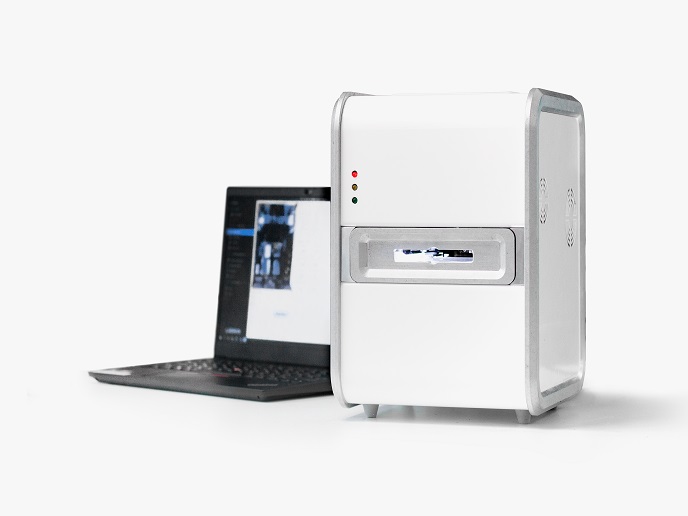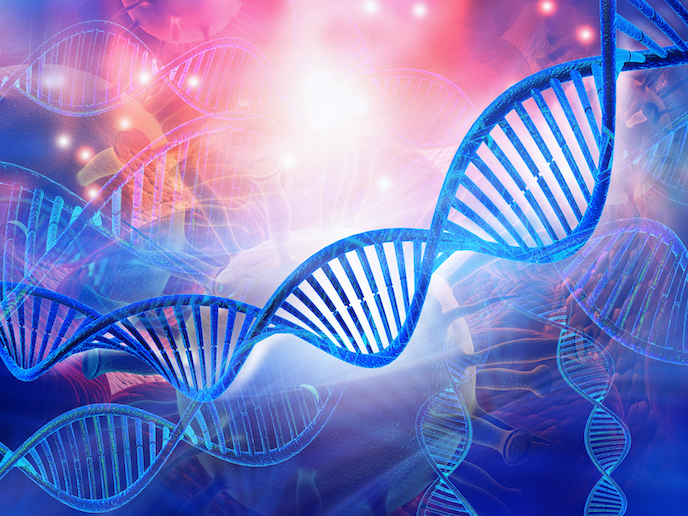Towards a food pathogen biosensor
Viruses, bacteria and fungi in food are responsible for disease, loss of life and massive economic damage. New molecular biology tools offer the potential to quickly and easily identify these food-borne agents of disease.The EU-funded 'Rapid and reliable detection of foodborne pathogens by employing multiplexing biosensor technology' (PATHFINDER) project aimed to develop a biosensor that could simultaneously detect a range of disease-causing bacteria.PATHFINDER produced and collected a range of molecules able to bind to bacteria that cause food poisoning. The project manufactured antibodies against Listeria monocytogenes, sourced an antibody against Campylobacter jejuni and Campylobacter coli, and screened libraries of molecules to find one that could bind to Salmonella.Another aspect of the project focused on testing biosensor methods. A surface plasmon resonance biosensor is more sensitive than conventional laboratory detection methods, but could not detect C. jejuni when tested. A different sensor called MAGPIX was more successful, and a protocol was developed in PATHFINDER to detect L. monocytogenes, C. jejuni and Salmonella sp. simultaneously.The MAGPIX biosensor protocol will be tested on commercial food samples in the next stage of the project. PATHFINDER has advanced the state of food-borne pathogen detection by developing new molecular binders and detection methods.
Keywords
Food poisoning, pathogens, biosensor, antibodies, bacteria







